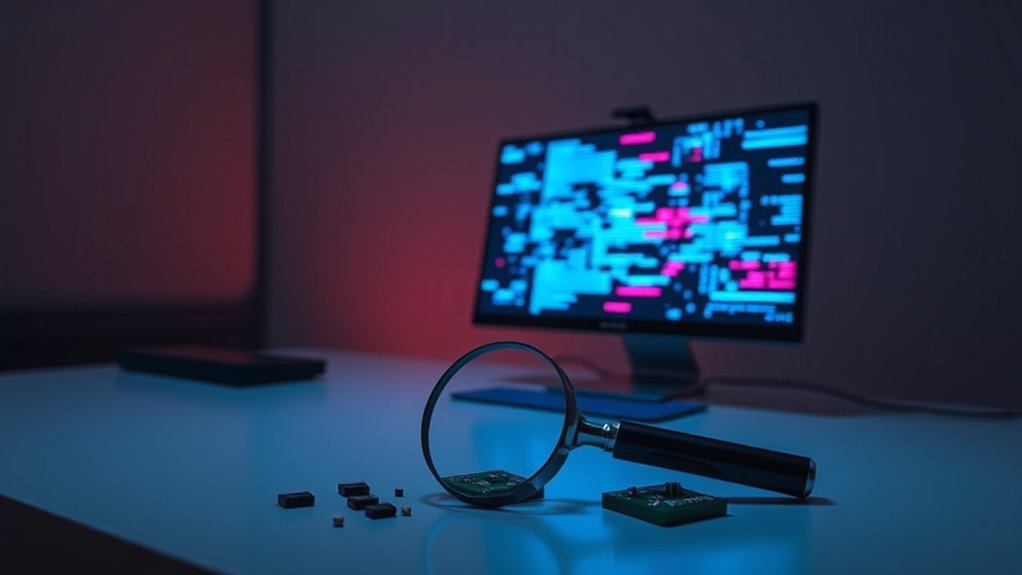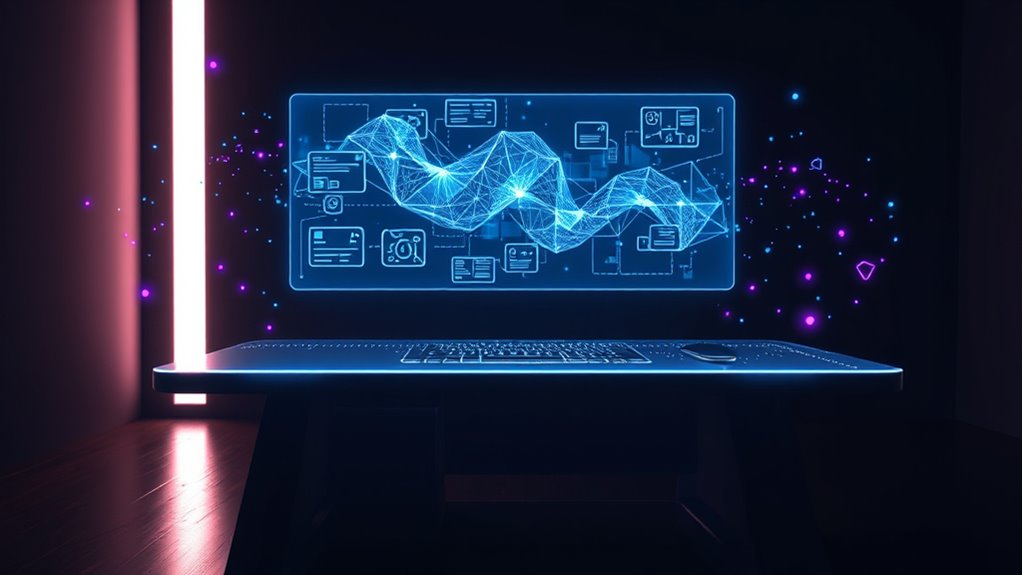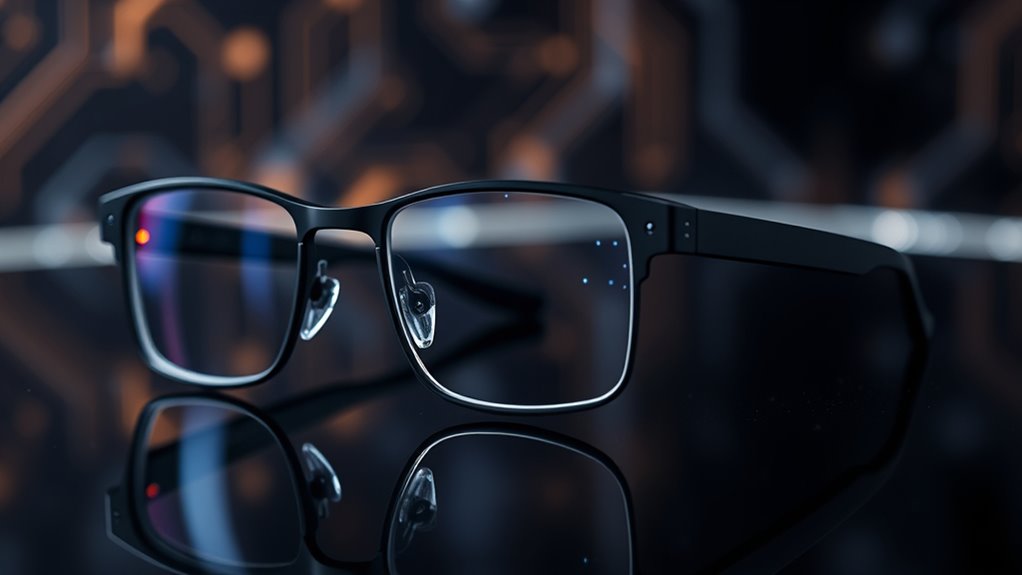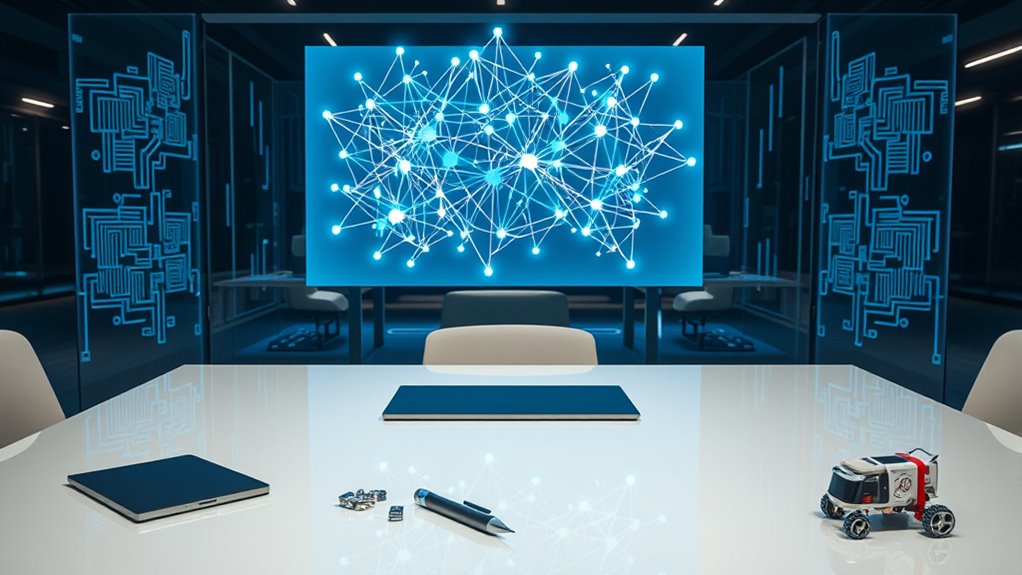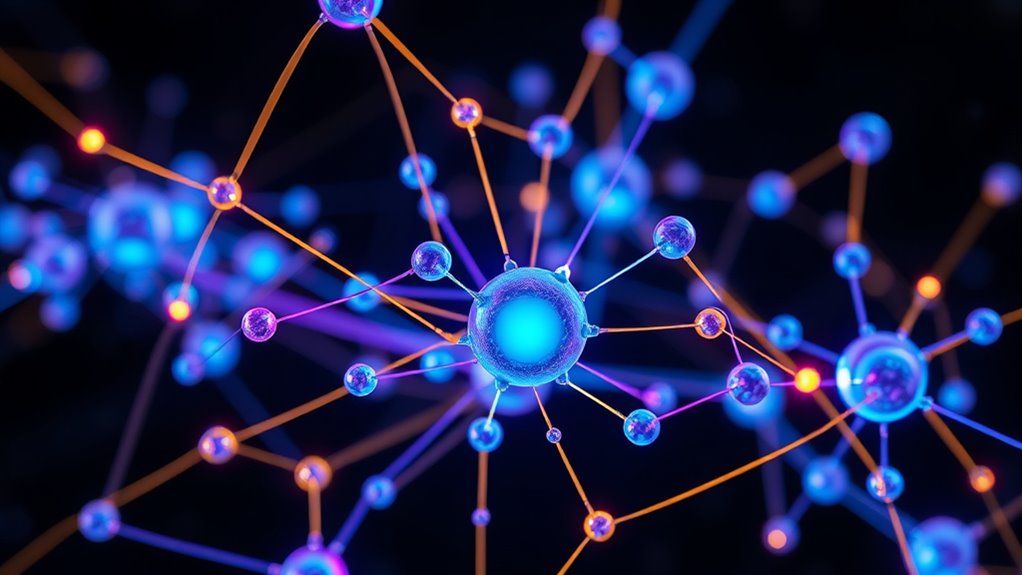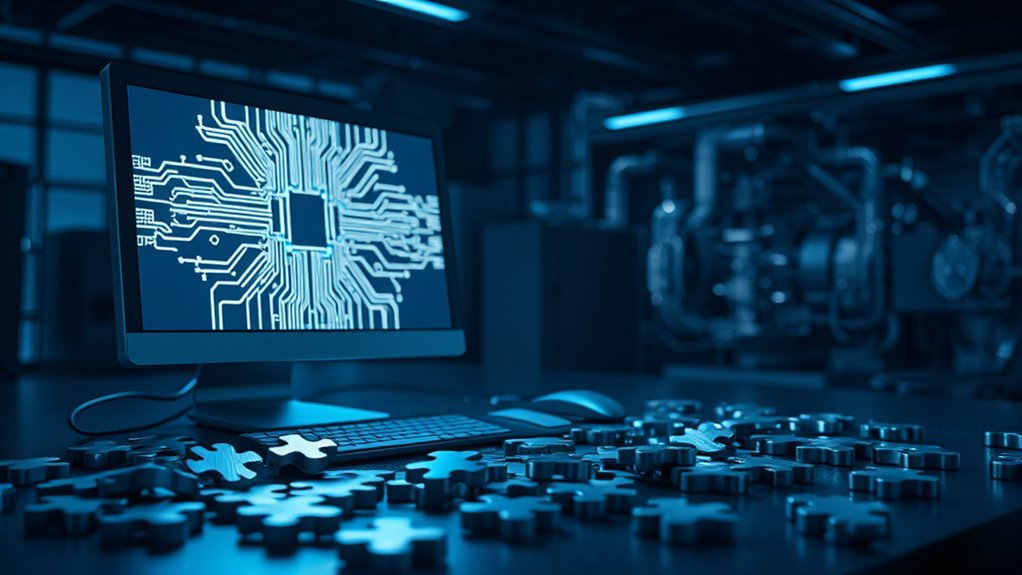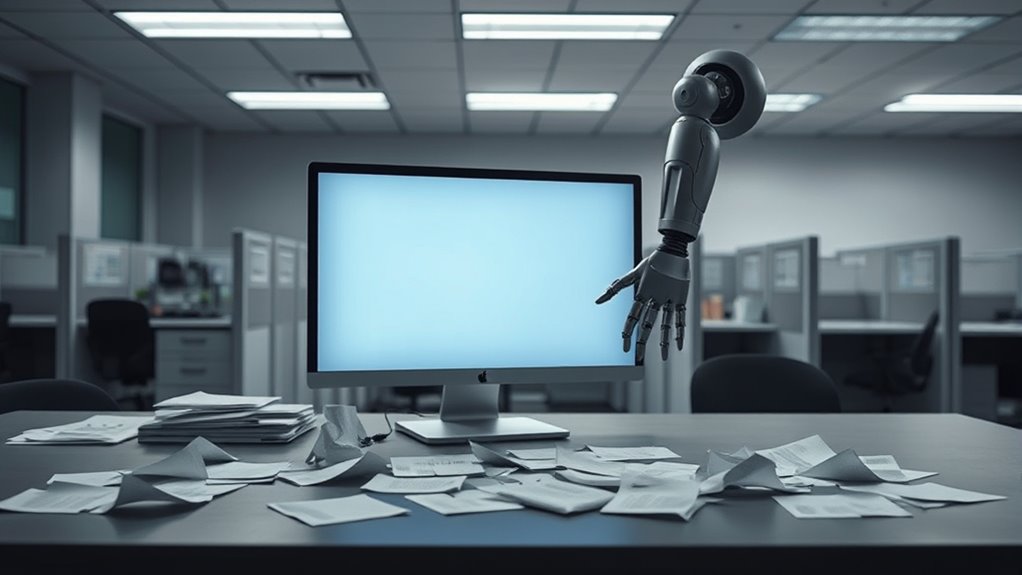How accurate are AI detectors, really? These tools, designed to spot content made by artificial intelligence, often promise high success rates. But the truth isn’t always so clear. Studies show their accuracy can change a lot depending on the model and situation. Some detectors might flag human-written work as AI-made by mistake. These errors, called false positives, happen at different rates with different tools. It’s a problem when new or tricky AI content slips through because detectors can’t keep up.
There’s also the issue of false negatives. Sometimes, AI detectors miss content that’s actually made by a machine, especially if it sounds very human. As AI tech gets better, detectors have to update constantly to stay useful. Even then, they often need a person to double-check the results. If a detector wrongly flags something, it can cause big trouble, like false claims of cheating or copying. Plus, some open-source detectors make more mistakes than paid ones, showing gaps in the tech. Recent tests reveal that even top detectors like GPTZero achieve varied accuracy rates across different scenarios.
The way these tools work is pretty complex. Advanced AI can dodge detection more easily than basic models. A detector’s success also depends on its training data. If the data isn’t good or varied, the tool might show bias or miss things. Regular updates and strong computing power help, but they’re not always enough. Companies often brag about their detectors’ high accuracy in ads. Yet, researchers find that real-world results don’t always match those big claims. Moreover, studies from institutions like the University of Pennsylvania reveal that AI detectors can be easily fooled by simple tricks.
This matters because AI content is everywhere now, from school essays to online posts. Detectors help check if work is real or not, especially in schools where honesty counts. But the line between human and AI writing is getting blurry, making authenticity hard to prove. Tools like these can speed up checking content, yet ethical questions linger about AI mimicking human work. Notably, detectors like Originality.ai are recognized for their high accuracy rates in identifying AI-generated content compared to other tools.
In the end, users often expect perfect results based on marketing. When detectors fail or give mixed outcomes, it can be disappointing. True accuracy, measured by how often they correctly spot AI content, isn’t always as high as hoped. The gap between promises and reality keeps this tech under scrutiny.
